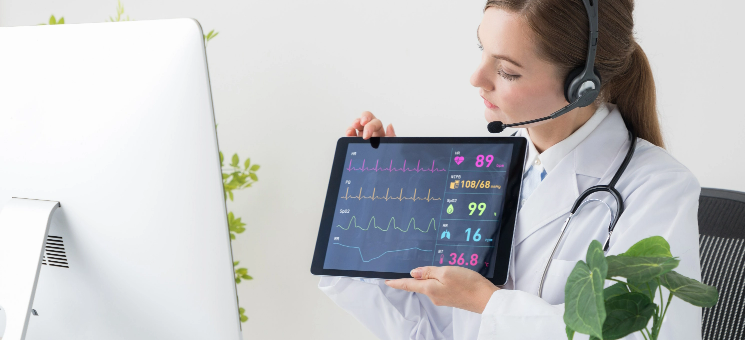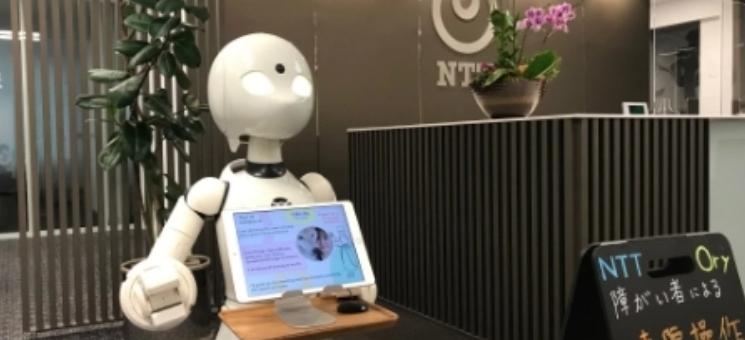DETECTING HEART FAILURE AND DISEASE BEFORE IT TAKES HOLD
Cardiovascular diseases are the leading cause of death worldwide. According to the World Health Organization, an estimated 17.9 million people died from heart disease, representing 32% of global deaths. Most cardiovascular diseases are preventable by addressing behavioral risks and habits, such as tobacco use, unhealthy diet, and physical inactivity.
The earlier we can detect disease, the better chance that interventions and medicine can prevent death. NTT research explores heart health monitoring technology to detect abnormalities through a wearable or in-vehicle device for self-monitoring and wellness care.
An innovation called the ‘AI telestethoscope’, which integrates multiple electrodes and sensors for electrocardiography (ESGs) and acoustic microphones. In other words, this technology aims to capture both heart sounds and ECGs and process this data to find meaningful medical insights. This device is an extension of a wearable vest heart monitoring system because it’s handheld and allows for a quick and immediate response.

By using the telestethoscope, it is possible to check the status of your own heart, even while brushing your teeth.
It’s as simple as holding and pressing the device gently against your chest for 20 seconds. The sensor data from the device is sent to a monitoring app on your phone, where AI software evaluates these inputs by analyzing and comparing them against your medical history and previously stored data. When the system detects a possible issue, it will recommend seeing a doctor. If the analysis shows immediate medical action required, you will be able to conveniently speak via video conference to your physician while they remotely review your latest results.
The BMC research team at NTT Basic Research Lab is focusing on developing new technologies to estimate mechanical as well as electric activities of the heart. One of them is the ‘physically-constrained unsupervised signal decomposition method,’, which can estimate the waveform of each sound source within your heart.
Even when using multiple microphones, it can be difficult to estimate where different internal body sounds are coming from. This is due to the fact that we are only able to detect sounds captured on the skin surface, with each sound having multiple possible sources. This can be seen as trying to see complex objects through a frosted pane of glass. To solve this problem, our approach is based on a mathematical model representing the mechanisms of heart sound generation. The waveforms and their locations estimated with this method are expected to be important clues to determining the presence and degree of heart disease.
As described, the AI telestethoscope prototype leverages our latest research on digital signal processing. These innovations can help detect and prevent heart disease before it becomes a problem and contribute to a healthier society. NTT continues to test and develop this technology into a practical form that everyone can use.

The second information process technology that forms part of the AI telestethoscope is the ‘heart abnormality detection method for ECG transmitters’. Severe heart dysfunction can cause loss of consciousness due to decreased cerebral blood flow leading to significant health risks. ECGs contain various information that reflects the heart’s activity, making them extremely useful for the early detection of problems.
The AI telestethoscope prototype leverages our latest research on next-generation biosensors that wirelessly transmits physiological observations and digital signal processing with medical precision.


